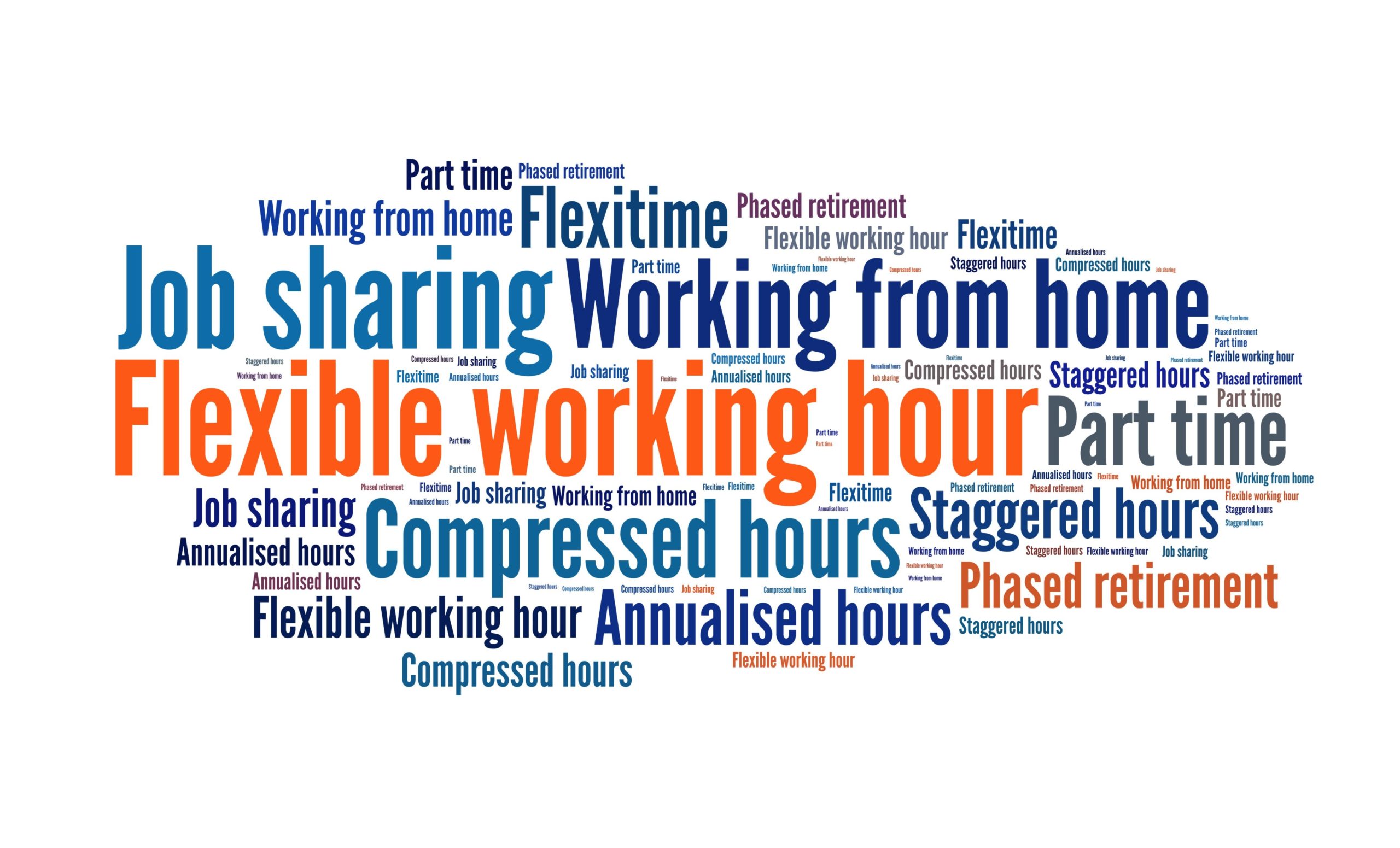
Technology is making flexible workers, people who work from home at their own schedules, more and more popular. And as an increasing number of companies make this luxurious perk a feasible reality, yours will be left in the dust if you can’t find a way to offer it to your employees. Here are three tips to manage employees who manage their own schedules.
Make good hires
If you can surround yourself with passionate, driven people, you can trust them to manage flexible schedules. The good news is that flex schedules are hugely appealing and many workers value that flexibility over salary, so you can attract really talented employees whom you might not otherwise be able to afford. Be clear about your expectations and how you’ll measure their productivity. Will you keep them accountable with tighter deadlines? Or will they have to make themselves accessible by email or phone during certain hours?
It’s not one or the other
Working from home doesn’t mean that you can never come into the office. And having an office or cubicle doesn’t mean that you can never work from a coffee shop! In fact, some sort of combination is probably best. Allow your employees to divide up their weeks, to come in occasionally to collaborate and then return to peace and quiet to get work done.
Technology is what makes a lot of this flex time possible in the first place so make sure you use it. In addition to better Wi-Fi, you might need visual aids like Skype, Google Hangouts, or other technology upgrades to ensure communication. Make sure you can read your employees’ faces so you can gauge their true feelings and opinions.
Be fair, but firm
 No matter how they manage to get work done, your employees still need to be held accountable. Whether it’s meeting deadlines, communicating with co-workers, or coming in for occasional meetings, be clear about your expectations and let your employees know when they’ve let you down. If they’re not meeting deadlines or the quality of their work has suffered, give feedback, warnings, or disciplinary action if necessary. On the flip side of that, praise them when they’ve successfully managed their flex schedule well. Some employees will probably discover that they’re actually more productive when they work at their own pace in their own environments, which is great. Show your support by establishing fair, consistent metrics to measure productivity.
No matter how they manage to get work done, your employees still need to be held accountable. Whether it’s meeting deadlines, communicating with co-workers, or coming in for occasional meetings, be clear about your expectations and let your employees know when they’ve let you down. If they’re not meeting deadlines or the quality of their work has suffered, give feedback, warnings, or disciplinary action if necessary. On the flip side of that, praise them when they’ve successfully managed their flex schedule well. Some employees will probably discover that they’re actually more productive when they work at their own pace in their own environments, which is great. Show your support by establishing fair, consistent metrics to measure productivity.
And set a good example by experimenting with your own ability to work flexibly. See how effectively you can communicate if you work from home the whole day. Or how well you can catch up in the evening after leaving early one afternoon. This can help you determine what you can expect from your employees and what accommodations you might need to make to empower their effectiveness.
For more information on how to keep your employees engaged and productive, check out our website at https://www.chiefofstaffkc.com/blog/.
Blog written by Erin Greenhalgh

